Jan Kempenaers
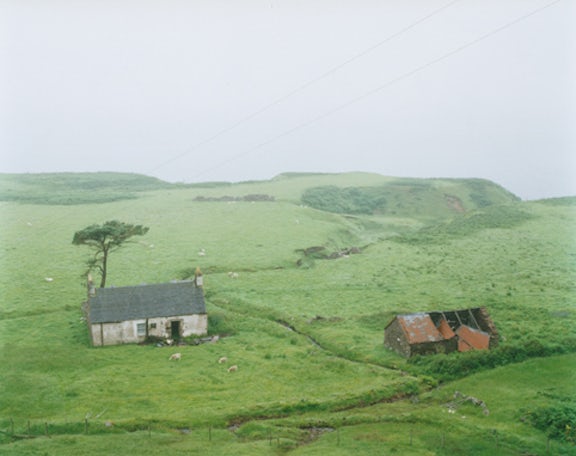
2 ruins
Consider Kempenaers’s photographs of the monuments known as Spomeniks that were built throughout what was then called Yugoslavia in the 1960s and 1970s. They were commissioned mostly as memorials to the dead of the Second World War; in a country with a complex relation to the Nazi invaders, the structures were deliberately neutral in terms of historical references, and thus frequently abstract. Here is a pallid concrete wedge situated among forested mountainsides, with steps apparently mounting to a doorway at one end, and a vast disc of the same concrete deposited atop the whole. And a thing like a wood-formed-concrete flower, at the summit of a concrete stalk, with its petals so many crudely lined or fluted segments. Or a collection of fat mirrored cylinders arranged on a plinth or platform of marble, whose panels are coming away in chunks. Like all monuments, these had their specific occasions for being built. But in Kempenaers’s pictures they appear anonymously, isolated like classical ruins whose decay and disarray may be dignified by distance, subtilised by an elevated viewpoint, refined by recourse to pale grey skies and no shadows.
Does this mean that Kempenaers has merely exalted such structures, in uncritical accordance with the aesthetics of the picturesque that he avowedly invokes? Not at all. Because despite their austere clarity, their knowing citation of historical ways of looking at landscapes and ruins and monuments, in spite of their cool remove from their subjects, there is always something involved and involving about the texture of these images. The monuments positively bristle, they fracture and ramify like crystals, they shed their skins and reveal complex, enigmatic innards. And nowhere is this tendency more obvious than in Kempenaers’s recent ‘composite’ photographs, in which details from the monument studies are collaged and overlain. Horizons vanish, perspective becomes kaleidoscopic, the viewing eye is lost among multiple edges and competing surfaces. The even light that typically pervades Kempenaers’s landscapes gives way to a seething obscurity.
It is the updated darkness, one might say, of the historical antipode to the picturesque – the darkness of the sublime. Kempenaers’s composites suggest nothing so much as the teeming architectural fantasias of Piranesi, recast in spalling concrete and rufous steel. In his Confessions of an English Opium-Eater of 1821, Thomas De Quincey described the drugged visions he suffers after viewing Piranesi’s engravings, in which he seemed to see the artist climbing the stairs towards a void: ‘But raise your eyes, and behold a second flight of stairs still higher: on which again Piranesi is perceived, by this time standing on the very brink of the abyss. Again elevate your eye, and a still more aerial flight of stairs is beheld: and again is poor Piranesi busy on his aspiring labours: and so on, until the unfinished stairs and Piranesi both are lost in the upper gloom of the hall.’ Kempenaers’s combination of sobered picturesque and confounding sublime is an apt embodiment of the contending impulses inside any monument.
Text by Brian Dillon
Brian Dillon is UK editor of Cabinet magazine, and teaches critical writing at the Royal College of Art. His books include The Great Explosion (Penguin, 2015), Objects in This Mirror: Essays (Sternberg Press, 2014), Sanctuary (Sternberg Press, 2011) and Ruins (Whitechapel Gallery/MIT Press, 2011).
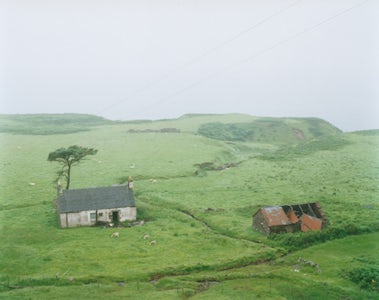
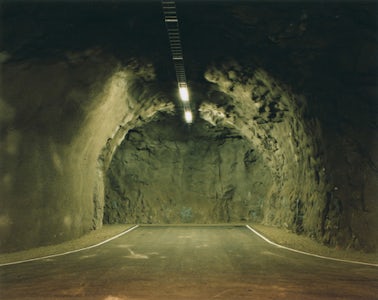
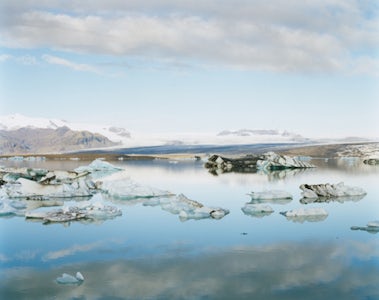

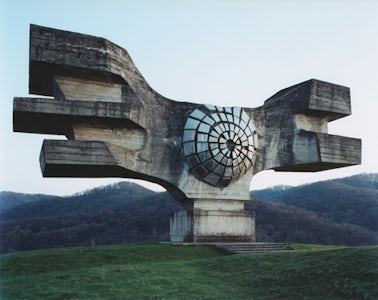
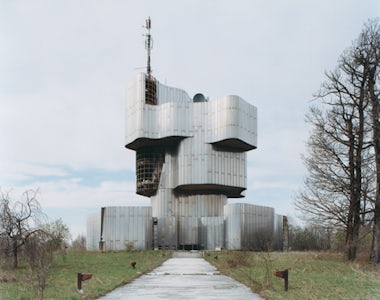
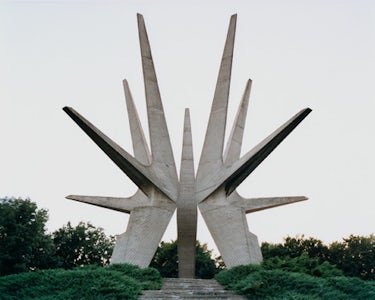
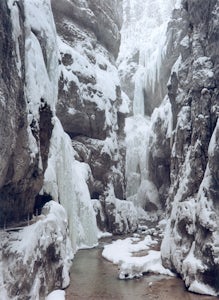
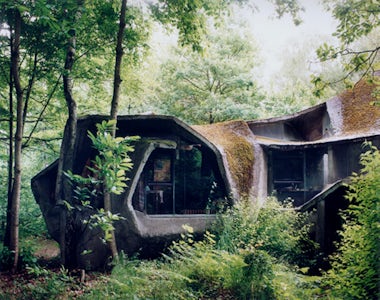
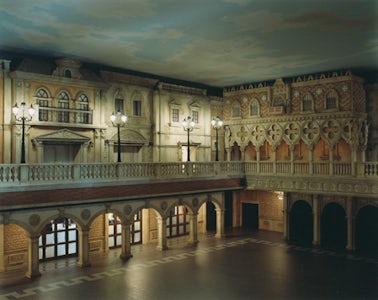
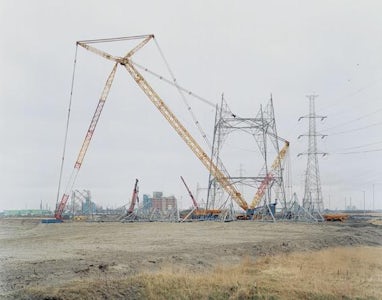


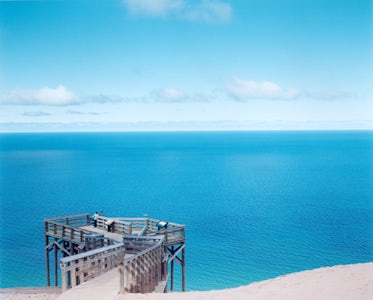
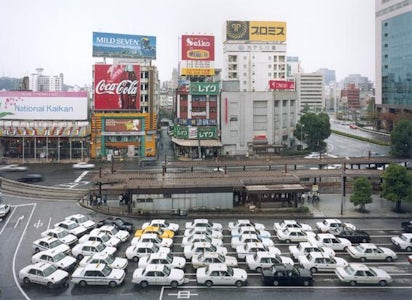
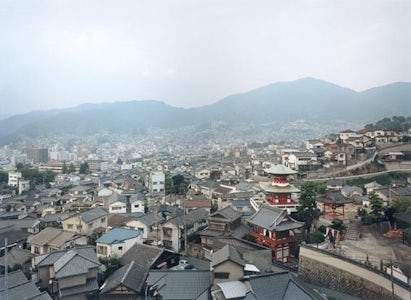
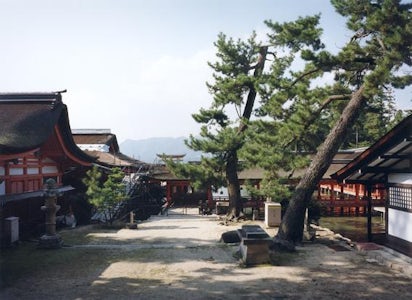
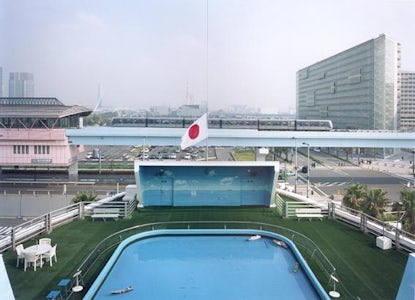
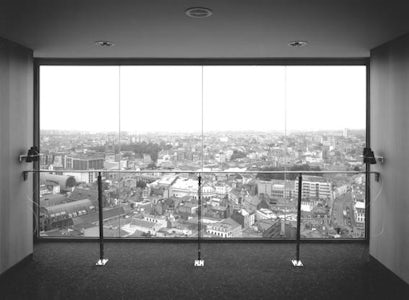
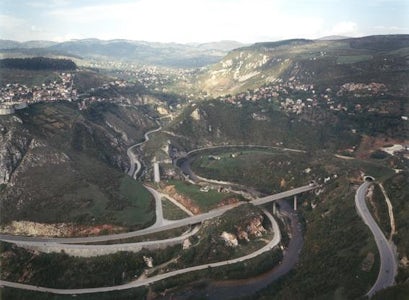
Group shows (selection)
Art in public space (selection)
Discover Jan Kempenaers also among:
Artists
A curated overview of visual artists in Flanders.
Flanders Arts Institute
Expertise centre for performing arts, music and visual arts.

